The only poisonous bird in the world, touching its feathers can kill you
This bird lives only in the mysterious island nation of Papua New Guinea and is the first bird in the world to be discovered to be poisonous.
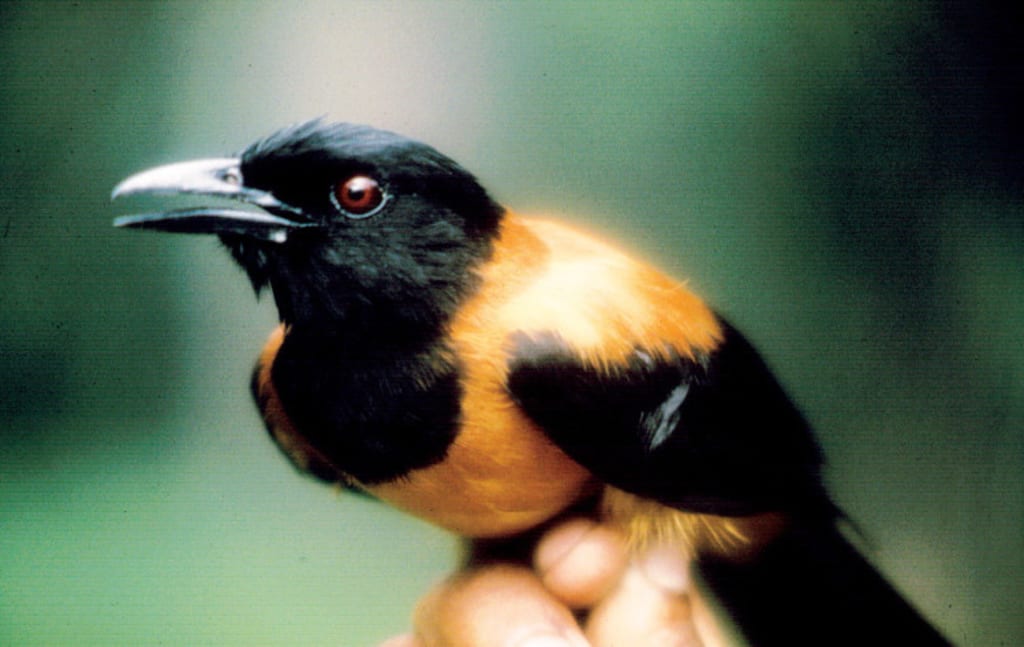
When we think of birds, we often think of beautiful, gentle creatures with sweet songs. However, few people know that in Papua New Guinea there are many species of birds that can kill people with poison - and you should not pet them or intend to pet them.
The island nation has many poisonous birds.
As a country close to the equator and covered in tropical rainforest, Papua New Guinea 's ecosystem is extremely diverse and yet the least explored. This is partly due to its isolation from the rest of the world.
In the early 1990s, ornithologist Jack Dumbacher accidentally discovered the poisonous bird species hooded pitohuis through his own memorable experience. However, while trapping the birds, he was unfortunately attacked by the colorful and beautiful birds. This discovery is also the first scientific discovery recorded of a case of a poisonous bird.
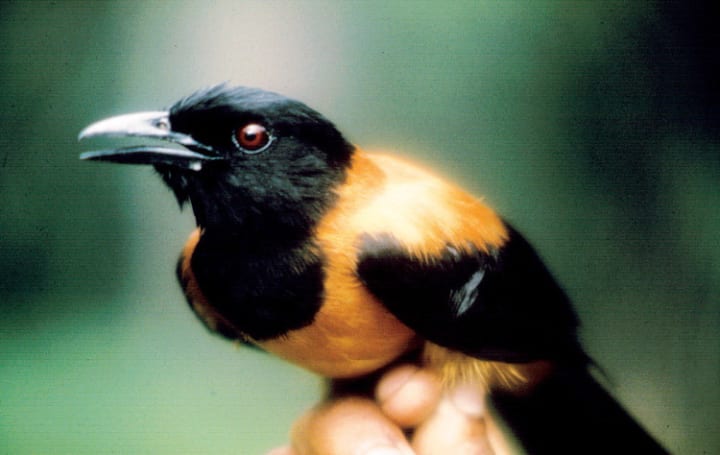
Poisonous bird Pitohui.
Originally coming to this island nation to study the most famous bird species - the birds of paradise , but when trapping birds he caught Hooded Pitohuis and was scratched, bitten and injured by them.
Even though he had a profound knowledge of birds, he did not expect that the mysterious bird here carried such a terrifying venom. He subjectively ignored the wound when he saw it was swollen, so he even put the wound in his mouth!
That almost cost him his life because his mouth started to itch, burn, and numb for several hours. Later, he learned that he was exposed to a poison called batrachotoxin (similar to the venom of the dart frog) that can paralyze the nervous system by inhibiting ion production.
Batrachotoxin (BTX) is a class of neurotoxins that act by disrupting the flow of sodium ions in various nerve and soft tissue channels. BTX causes numbness and burning sensations in mild poisoning. In severe poisoning, BTX causes paralysis, cardiac arrest, and death. BTX is considered the most dangerous poison by mass in nature (250 times more toxic than strychnine).
Subsequent studies have shown that pitohui also carry the toxin in their skin, bones, and internal organs, although the concentrations are not as high as in their feathers. The fact that the toxin is found in pitohui organs suggests that the birds are not affected by it. Interestingly, the concentrations of BTX vary from pitohui to pitohui, as well as the areas where they live .
Where does this bird's venom come from?
Fortunately, the amount of venom was not enough to kill him, but if he was exposed to a lot, it could paralyze his nervous system, cause him to not be able to breathe, cause internal bleeding, destroy his organs, and... die! If he ate their meat, he would get poisoned and of course die if he ate a lot.
The venom of this deadly bird comes from the poisonous beetles that it eats. Due to the process of evolution, this bird has the ability to resist the poison, but the poison from the food does not disappear but spreads throughout the body, including the skin, feathers and beak of the bird. Therefore, even if you do not eat the bird, just touching its feathers is enough to endanger your life.
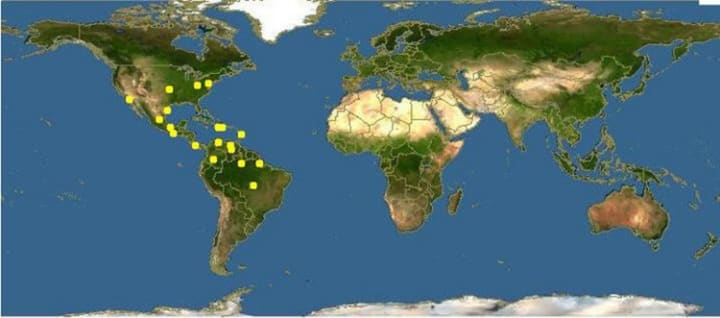
Pitohui is found only in Papua New Guinea
So touching its feathers alone can be enough to poison you, let alone eating it. The bird also has a colorful appearance, a physical feature that seems to be present in other poisonous animals such as the poison dart frog, as a tool to warn predators to stay away.
In addition, the characteristic stench also helps the locals know that it is a poisonous Pitohui bird because it smells very similar to garbage, they call them "garbage birds".
Scientists later became interested in this bird and discovered that there are 6 species of birds belonging to the genus Pitohui and the most dangerous is the Hooded Pitohui , they all belong to the family Oriolidae .
In addition, the New Guinea jungle is home to many other poisonous birds that researchers have discovered, such as the "Blue-capped Ifrita" of the Colluricinclidae family, which is locally known as "slek-yakt" , the bittern, or the Little Shrikethrush.
About the Creator
Ken Daklak
Telling stories my heart needs to tell <3 life is a journey, not a competition
If you like what you read, feel free to leave a tip,I would love some feedback
https://vn.shp.ee/Dxiezi6
Enjoyed the story? Support the Creator.
Subscribe for free to receive all their stories in your feed.


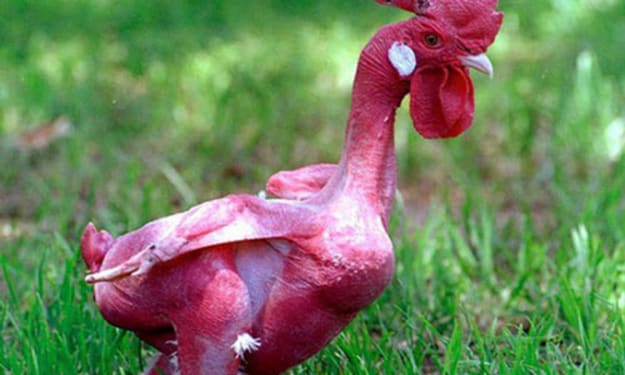
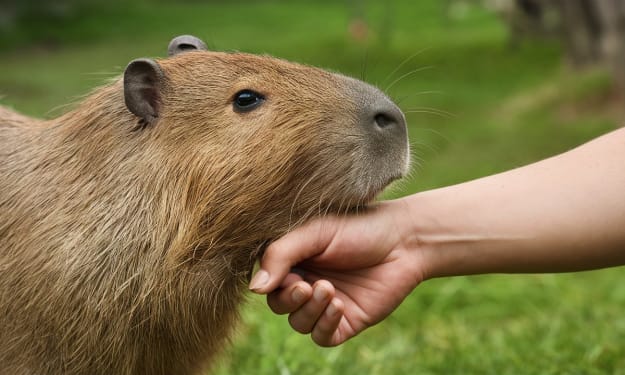


Comments
There are no comments for this story
Be the first to respond and start the conversation.